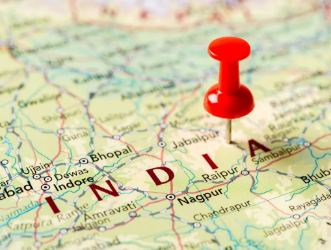BIS consults on revised standard for Petroleum Jelly used in the cosmetic industry

The Bureau of Indian Standards (BIS) published the revised draft of Specification for Petroleum Jelly for the Cosmetic Industry (Second Revision of IS 4887) in December 2023.
Petroleum jelly, a soft, semi-solid substance produced from petroleum oils, is used to make creams, lipsticks, lubricating creams, hair dressings, foundation creams, and emollients for chapped skin.
Specification for Petroleum Jelly for the Cosmetic Industry
The Indian Standard (Specification for Petroleum Jelly for the Cosmetic Industry), first published in 1968, underwent its first revision in 1980. This second revision includes an increase in the melting range (the upper limit has been increased from 56°C to 80°C), a new requirement for mercury, and alternative test methods for the determination of arsenic. Cross-referred standards and the marking clause have also been updated.
Amendments in the second revised IS 4887
Table of requirements for petroleum jelly for the cosmetics industry
| Sr. No. | Test | Limit Value |
| 1 | Melting Range | 38-80°C |
| 2 | Heavy metals (Pb) | 20 ppm |
| 3 | Arsenic | 2 ppm |
| 4 | Mercury | 2 ppm |
| 5 | Iodine | 1.5 |
Containers must be labelled with the following information (requirement 5-8 are new compared to the first revision of the standard):
- Name of the material
- Name of the manufacturer and his registered/recognized trademark, if any
- Net mass of the material
- Month and year of manufacturing/packing
- Batch number in a manner to enable traceability including its date of manufacture
- Use before or expiry date as per statutory requirements
- List of ingredients as per statutory requirements
- Any other information required by statutory authorities
Deadline for comments
The Bureau of Indian Standards (BIS) is consulting on the new standard for petroleum jelly used in cosmetic products until March 12, 2024.
We acknowledge that the above information has been compiled from Bureau of Indian Standards (BIS) .




